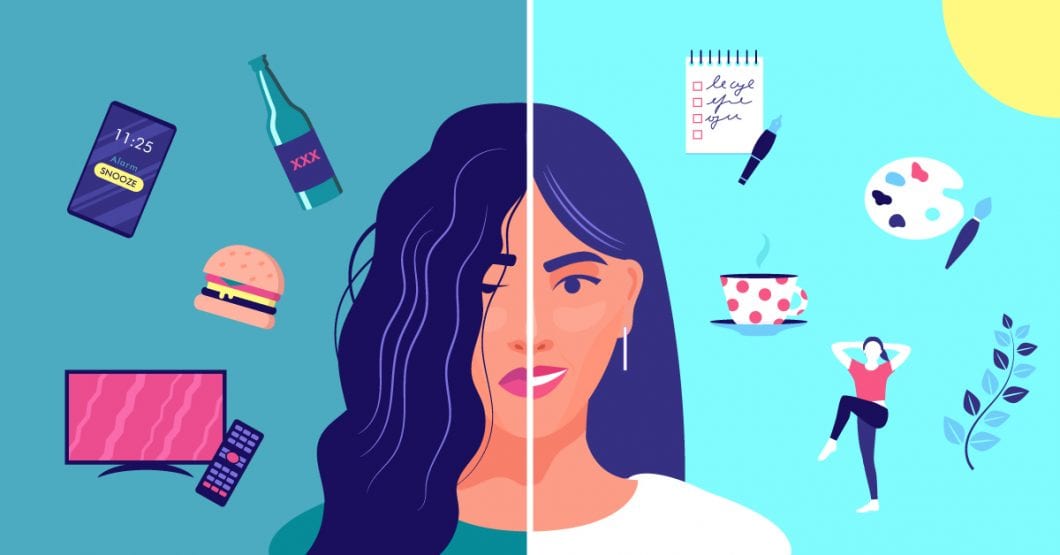
Oak Bend is a 55+ community in a mobile home park near Ocala, Florida. This resort-style community includes a large community swimming pool, picnic areas, a spacious clubhouse with a full-equipped fitness center, shuffleboard and RV storage. Central Florida's mild climate is available to residents, who can drive 7 miles to their retirement community. Oak Bend's location makes it a good choice for retired people with low income.
OakBend Medical Center in Bay City, TX has more then 255 doctors. This medical center is home to 27 specialty areas, including family medicine. The hospital's doctors are from many different backgrounds. It is a nonprofit medical center with a low turnover rate and is rated 25 by patients. The Jackson Street Hospital Campus serves as the main building. There are several opportunities for medical professionals, nurses and technicians at this hospital.

OakBend Medical Center began operations in October 1947. It was jointly built by a local group and the Hendrick Health System, Abilene. It has been transformed from a simple 51-bed facility to a modern two-story facility. Dr. George is a graduate of the University Of Texas Medical Branch in Galveston with over 14 years of varied experience. He is board certified as a surgeon in cardiology and vascular medicine and is an American College of Cardiology member.
Post Oak Bend in Harris County, Texas is an incorporated city. It is a Type A General Law community with a mayor, five councilmembers, who each serve two-year terms. There are no full time employees. Oak Bend doesn't have any government buildings. However, there are ordinances to regulate zoning, building codes, utility franchising and other matters. The city was incorporated in 1979. Oak-Bend once was a small town. However, Oak-Bend has become a vibrant and growing community for those who want a life on the fringe of the country.
OakBend is the largest hospital in Houston. It has several locations in the Greater Houston region. It is part of the Memphis Medical Center and has over 900 employees. A 4-star rating is expected from this healthcare provider, but many people may be skeptical of the center's reputation. Before visiting the center, it is important to have a court record.

Five hospitals are located in OakBend. The OakBend Medical Center is located in Southgate, MI. The Joint Commission has accredited it and there are 255 licensed doctors. The medical center has been in business for 25 years and has a wide range of specialty care services. If you are suffering from an injury, or are looking for a local hospital, OakBend has everything you need. OakBend can help you, whether you are looking for a general practitioner or a complete emergency room.
FAQ
What does it take to make an antibiotic work?
Antibiotics are drugs that destroy harmful bacteria. Antibiotics are used to treat bacterial infections. There are many kinds of antibiotics. Some are given orally, while some are injected. Other antibiotics are applied topically.
People who have been exposed are often given antibiotics. One example is if someone has had chickenpox and wants to prevent shingles. Penicillin might also be administered to someone with strep throat. This will help prevent the possibility of developing pneumonia.
When antibiotics are given to children, they should be given by a doctor. Side effects of antibiotics can be more dangerous for children than for adults.
Diarrhea is the most common side effect from antibiotics. Other side effects that could occur include nausea, vomiting and dizziness. These side effects usually disappear once treatment has ended.
What's the difference between a virus & a bacterium?
A virus can be described as a microscopic organism that cannot reproduce in another cell. A bacterium is an organism that splits itself in two. Viruses are very small (about 20 nanometers) while bacteria are larger (up to 1 micron).
Viruses can be spread by contact with bodily fluids containing infected substances, such as saliva, urine and semen. Bacteria can easily be spread from direct contact to contaminated surfaces and objects.
Viruses may enter the body through cuts, scrapes. bites, or any other break in the skin. They can also enter the body through the mouth, nose, eyes and ears, vaginal, rectum or anus.
Bacteria can get into our bodies through cuts, scrapes and burns, insect bites, or other skin breaks. They can also get into our bodies via food, water or soil.
Both viruses and bacteria can cause illness. However, viruses cannot reproduce within their hosts. So they only cause illnesses when they infect living cells.
Bacteria can grow in their hosts and cause disease. They can also invade other parts of your body. They can even invade other parts of the body, which is why antibiotics are necessary to eradicate them.
Exercise: Good or Bad for Immunity?
Exercise is good for your immune system. When you exercise, your body produces white blood cells which fight off infections. Your body also gets rid of toxins. Exercise is a great way to prevent heart disease, cancer, and other diseases. It also reduces stress levels.
However, overtraining can damage your immune system. You can cause muscle soreness by working out too hard. This can cause inflammation as well as swelling. To fight infection, your body will produce more antibodies. Problem is, extra antibodies can trigger allergies and other autoimmune conditions.
So, don't overdo it!
Statistics
- The Dietary Guidelines for Americans recommend keeping added sugar intake below 10% of your daily calorie intake, while the World Health Organization recommends slashing added sugars to 5% or less of your daily calories for optimal health (59Trusted (healthline.com)
- nutrients.[17]X Research sourceWhole grains to try include: 100% whole wheat pasta and bread, brown rice, whole grain oats, farro, millet, quinoa, and barley. (wikihow.com)
- WHO recommends consuming less than 5% of total energy intake for additional health benefits. (who.int)
- In both adults and children, the intake of free sugars should be reduced to less than 10% of total energy intake. (who.int)
External Links
How To
What does the "vitamins” word mean?
Vitamins can be described as organic compounds found in food. Vitamins are essential for our bodies to absorb nutrients from the foods we eat. Vitamins cannot come from the body so food must provide them.
There are two types vitamins: water soluble or fat soluble. Water-soluble vitamins dissolve quickly in water. Some examples include vitamin C,B1 and B2 vitamins (thiamine), B2 and riboflavin, B3 and B6 vitamins (niacin), folic acids, biotin, pantothenic acids, and cholesterol. The liver and fat soluble vitamins are stored within the liver and in fatty tissue. Some examples include vitamin D and E, K, A and beta carotene.
Vitamins are classified based on their biological activity. There are eight major vitamin groups:
-
A - Vital for normal growth and maintaining good health.
-
C - important for proper nerve function and energy production.
-
D – Essential for healthy teeth, bones and joints
-
E - Required for good vision & reproduction
-
K - essential for healthy muscles, nerves, and bones.
-
P – vital for building strong bones.
-
Q - aids digestion, absorption and absorption iron
-
R - Required for red blood cell production
The recommended daily allowance of vitamins (RDA), varies according to age, gender, physical condition, and other factors. The U.S. Food and Drug Administration (FDA) sets the RDA values.
For adults over 19, the RDA for vitaminA is 400 micrograms per daily. Pregnant women require 600 micrograms daily to support fetal development. Children ages 1-8 require 900 micrograms per day. Infants under one year of age require 700 micrograms per day, but this amount decreases to 500 micrograms per day between 9 months and 12 months of age.
Children aged 1-18 years need 800 micrograms daily, while children overweight require 1000 micrograms per days. Children who are severely obese or underweight will need 1200 micrograms each day.
Children aged 4-8 years old who have been diagnosed as having anemia require 2200 micrograms of vitamin C per day.
2000 micrograms per person is necessary for general health. Mothers who are pregnant, nursing, or have a high nutrient need will require 3000 micrograms a day.
1500 micrograms are required daily by adults over 70 because they lose approximately 10% of their muscle each decade.
Women who are pregnant or lactating need more than the RDA. Pregnant and breastfeeding women require 4000 micrograms each day during pregnancy and 2500 Micrograms each day after delivery. Breastfeeding mothers need 5000 mg per day when breastmilk is being produced.